Italy wine travel requires planning, preparation, and patience to enjoy such an authentic wine lover experience. Even its most popular wine regions, like Tuscany, Piedmont, and the Veneto, are different from bigger areas that have tasting rooms open throughout the day.
“Italian Wine makes up 22% of the global wine market by Decanter.com”
We’ve put together seven Italy wine travel hacks to help you on your fermented grape adventures. Go on, pour a glass of Chianti before you dive in.
1. Italian Wine Terms
Let’s start with a cheat sheet of Italian wine terms you may encounter:
- Vino Bianco: White Wine
- Vino Rosso: Red Wine
- Rosato: Rosé; if you are a fan of light, crisp French rosés, be advised that the Italian Rosato is a richer, heavier style. The Southern region of Puglia uses their very best grapes for their Rosato. It’s some intense pink stuff.
- Spumante: Sparkling; if you see ‘Metodo Classico’ it’s made in the traditional champagne production method.
- DOCG and DOC: Italy’s two highest levels of classification; the wines must adhere to strict government guidelines. DOCG (Denominazione di Origine Controllata e Garantita) rules encompass production yields, grape ripeness, winemaking techniques, and more. To safeguard against counterfeit, DOCG and DOC wines must show an affixed government seal on the neck of the bottle. DOC restrictions are slightly looser; rules vary by region. (IGT is the third level with less rigid requirements.)
- Cantina / Cascina: Winery
- Azienda / Tenuta / Podere: Estate or landholding associated with wine.
- Classico: Wine from a traditional vineyard area in a DOC/G region.
- Vendemmia: Vintage
- Vigneto / Vigna: Vineyard
- Enoteca: Wine shop / Wine bar
2. Italy Wine Travel Planning
Often on-site producer tours and tastings require an appointment in Italy. That involves some work during the travel planning process because you need to first identify the producers you want to visit. Research methods include:
- Review TripAdvisor: In bigger places like Tuscany, wineries listed on TripAdvisor are generally geared at tourism, so you will likely have an easy time scheduling an appointment.
- Ask Local Wine Merchants: Ask your local wine shop, wine bar or favorite Italian restaurant for recommendations during planning. Wine pros usually have regional favorites and can provide contact info as well as an advanced taste of the producers’ wines.
- Contact the Tourist Office: They can generally provide a list of producers who take visitors as well as those who speak English.
- Try Wine Websites: Sites like Winerist and Wine Pass Italy are great resources for wine travel in Italy. Also, do some online research to find wine or expat blogs with information on the region and producers.
Once you have identified who to visit contact them early to schedule your tasting appointment. Don’t get discouraged if you don’t hear from them immediately. Smaller producers have limited staff who generally wear many hats, so it can take them a while to respond.
Call or email a confirmation a day or two before the scheduled appointment to make sure they are still available. Producers who offer tours to English-speaking visitors will have a host who will speak English. Just be prepared if you call to confirm: you might get their grandma on the phone who doesn’t speak a word of English.
Note: Here are some wineries that you could contact directly for wine-tastings and visits: Cecchi Winery (Tuscany), Il Palazzone (Tuscany), Contratto (Piedmont), Magda Pedrini (Piedmont), Opera 02 (Emilia-Romagna). For more resources, here’s a list a wineries in Montalcino, check out Wine Pass and Turin Epicurean Capital for tips in Piedmont.
3. Wine Shops and Wine Bars
Go to wine shops and enotecas in the area you are visiting. Often the staff will give you background on the wine, the region, and will walk you through different styles and varietals. You can also find some that organize shipping and will help you select wines to send home. Ask for recommendations from the local tourist office.
4. Join a Tour Group or Hire a Private Guide
One of the easiest and most fun ways to explore a wine region is to hire a guide or join a group tour. While this is a costly route, consider the money and the time it takes to organize a tour on your own. If you hit the wine trail solo you will likely need a car (rental + gas), which also means navigating the countryside as well as spitting at the tasting room.
Your full package will typically include: transportation, lunch, applicable tasting fees, regional culture and wine information, tour planning, and travel tips. You can even find guides who will help you organize wine shipping.
Lower cost group tours can be found out of bigger cities like Florence, Siena, Rome, Venice, etc.
Tour operators:
Piedmont:
Puglia:
Tuscany:
- Tuscan Wine School (locations in Florence and Siena)
Umbria:
- Discovering Umbria
- Gusto Wine Tours
- Anne Robichaud (also Assisi)
Rome/ Lazio:
5. Tasting Room Etiquette
A few things to keep in mind during winery visits:
- Appointments: Always make appointments. Unless stated, many producers don’t have tasting rooms that are open during regular business hours. Also, please be respectful of the Italian lunch hour. It starts between 12:30 p.m. and 1 p.m. and runs about 2 hours.
- Rinsing the Glass: Don’t be alarmed if your host pours a bit of wine in your glass, swirls it, then dumps it into the spittoon. This is done to rinse the glass before tasting or when in transition from white to red to sweet.
- Playing Favorites: Resist the urge to ask the producer their “favorite” wine. To passionate winemakers and their staff each wine is like their child, so they can’t choose. Instead ask, “What do you think is drinking best right now?”
- Say Please: If you want to revisit a wine ask the host to pour you more. Please don’t take the bottle and pour it yourself.
- Cash or Card: Most producers accept credit cards, but it is a good idea to confirm when scheduling the appointment with the producer or your tour guide. As a rule of thumb, try to pay with cash for smaller purchases (under 20 euros).
- Tasting Fees: The practice of charging tasting fees varies by region and producer. When booking your appointment ask if they charge a fee and about payment method (some producers only use credit card machines for product purchases). If there is a tasting fee, ask if it is waived with any wine purchases.
- If there is not a tasting fee and the producer opens numerous bottles (five or more), buy at least one bottle. It’s not necessary or required and they will not be offended if you do not. Just consider that usually the host has been taken away from other necessary activities at the winery and they are opening inventory to serve to you. Even one inexpensive bottle is a nice gesture to show appreciation for their time.
6. Getting Wine Home
There are three primary ways to get your wines home.
- Importer Information: If you want to know how to get the wines near you, ask for the producer’s importer information in your country. Some smaller producers don’t export, so the visit may be your only way to get their wines.
- Shipping: Shipping prices vary. For a starting point, from Alba (Piedmont) to the U.S. it costs 80 euros for 6 bottles and 135 euros for 12 bottles. From Alba to the UK the price is 50 euros (+ tax, about 22%) for 6 bottles, 65 euros (+tax) for 12 bottles. (All from Mailboxes Etc.)
- Some wineries will handle shipping for you, but be prepared that it may not be the case. Mailboxes Etc. has a great network around Italy. If you plan to ship find a Mailboxes near your lodging in advance of your trip, contact them to find out the shipping costs and logistics. It’s pretty simple: you fill out a shipping form and leave your wine, and then they handle packaging in styrofoam containers. Find locations at the Mailboxes Etc. Italy website (http://www.mbe.it/).
- Wine Travel Bag and Suitcase: Obviously when flying checked luggage is the only option, so it’s important that your wine is secure. There are many options to make that happen.
Travel with bubble wrap (bring it with you as you might not find it, nor will you want to track it down on holiday), plastic wine bottle holders (designed for travel), and specially designed wine travel cases.
Options include:
- Vin Garde Valise Wine Suitcase
(available in the U.S. only) that is a cool looking, but more importantly, solidly built suitcase for 12 wine bottles.
- Numerous options exist for individual plastic wine bags including popular brands such as Wine Skin
and VinniBag Inflatable Travel Bag
- Lazenne Wine Check Luggage (available in the U.S. and in select European retailers).
There are too many details on travel with alcohol by country, so check out Lazenne’s complete write-up, Flying with Wine and Alcohol 101. It covers Europe and North America. Pro Tip: When clearing U.S. customs always state your wine is for personal consumption.
7. Cheers!
Last, but not least, know how to toast in Italiano!
- Cin cin! = Cheers!
- Salute! = To health!
Enjoy your Italy wine travels and leave us a comment below with any tips you’ve picked up as well as tour operators to check out. Salute!
Author’s Bio: Valerie Quintanilla is an American travel and wine writer living in the Northern Italy’s Langhe region. Follow her expat chronicles on her blog, www.GirlsGottaDrink.com,Twitter, and Instagram. While marketing is her official trade, she is also a travel planner and wine tour guide.
Disclosure: This post contains some affiliate links and this means that if you click on one of the links and purchase those items, we’ll earn a commission. You will not pay more when buying a product through my link and we thank you in advance for your support.
 BrowsingItaly Sharing stories, experiences, photos, tips and all things good on Italy
BrowsingItaly Sharing stories, experiences, photos, tips and all things good on Italy
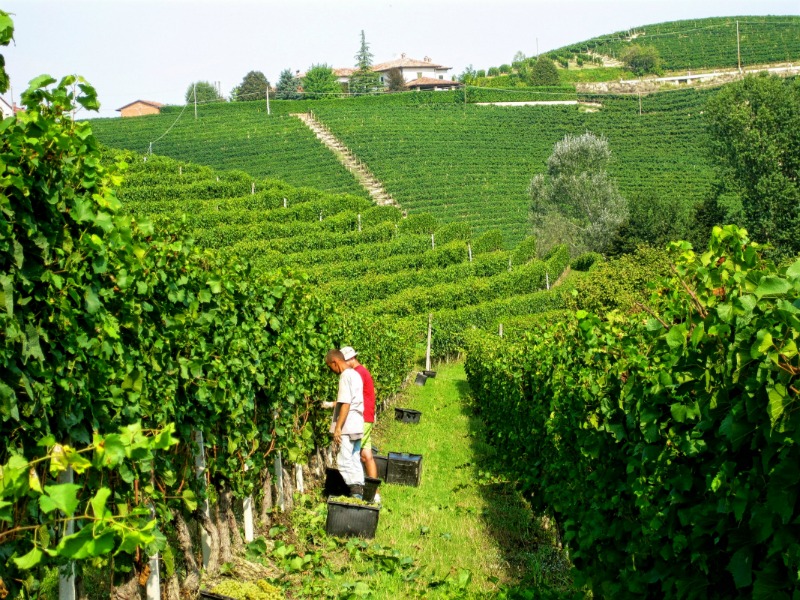
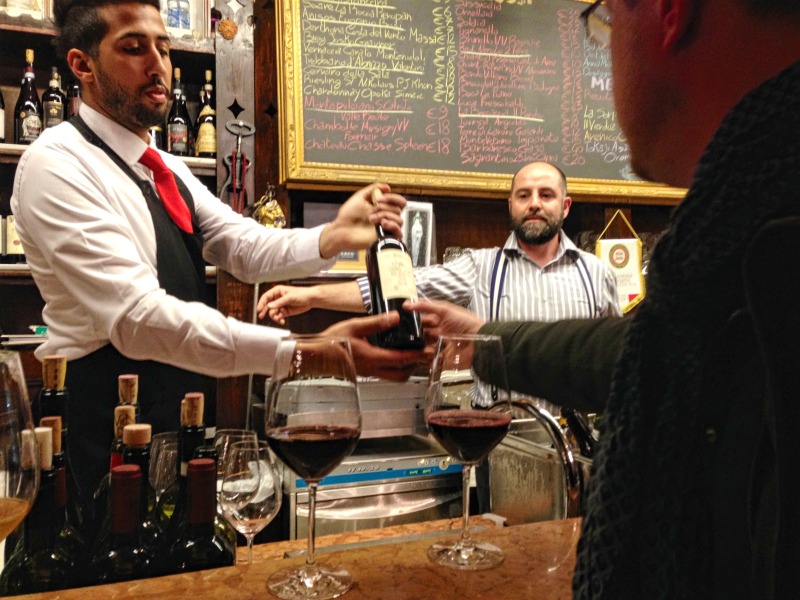
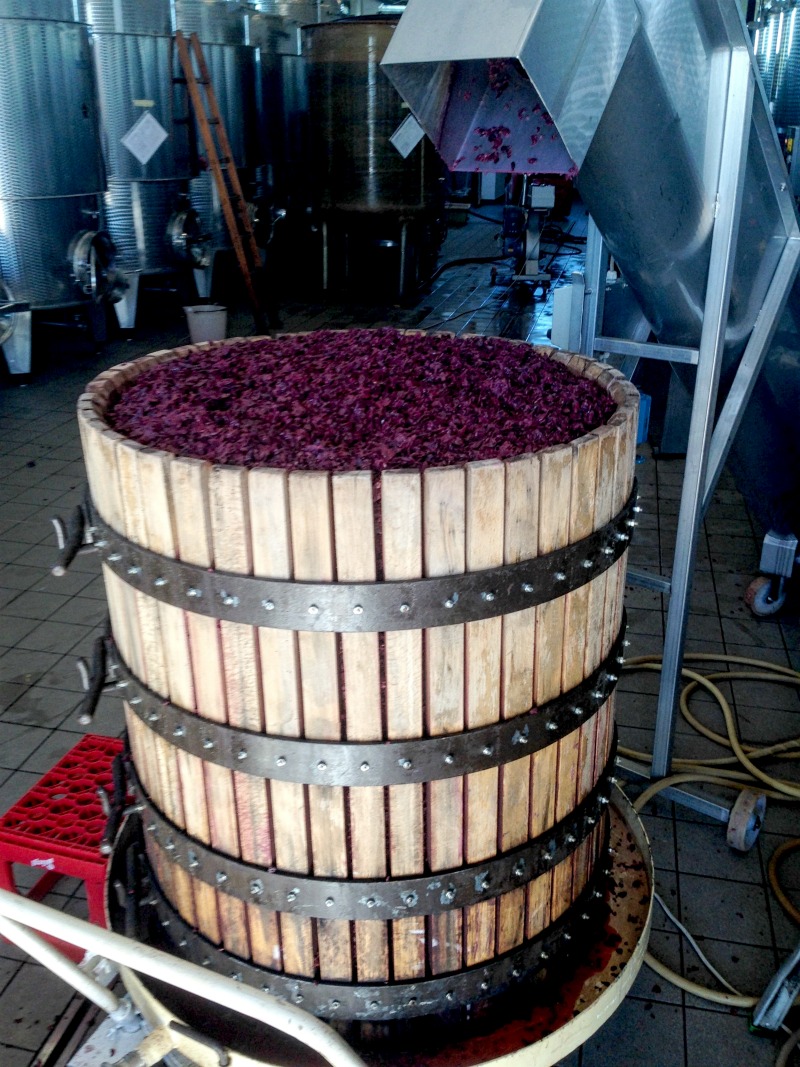
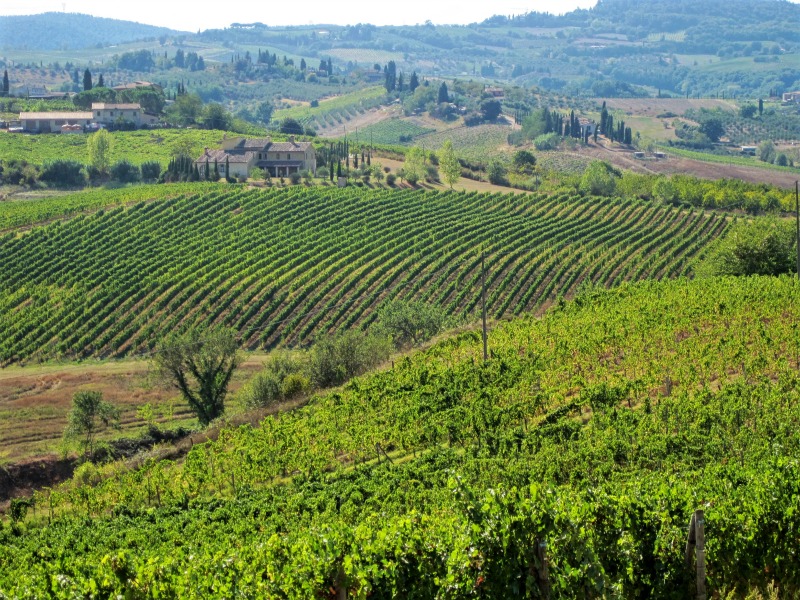
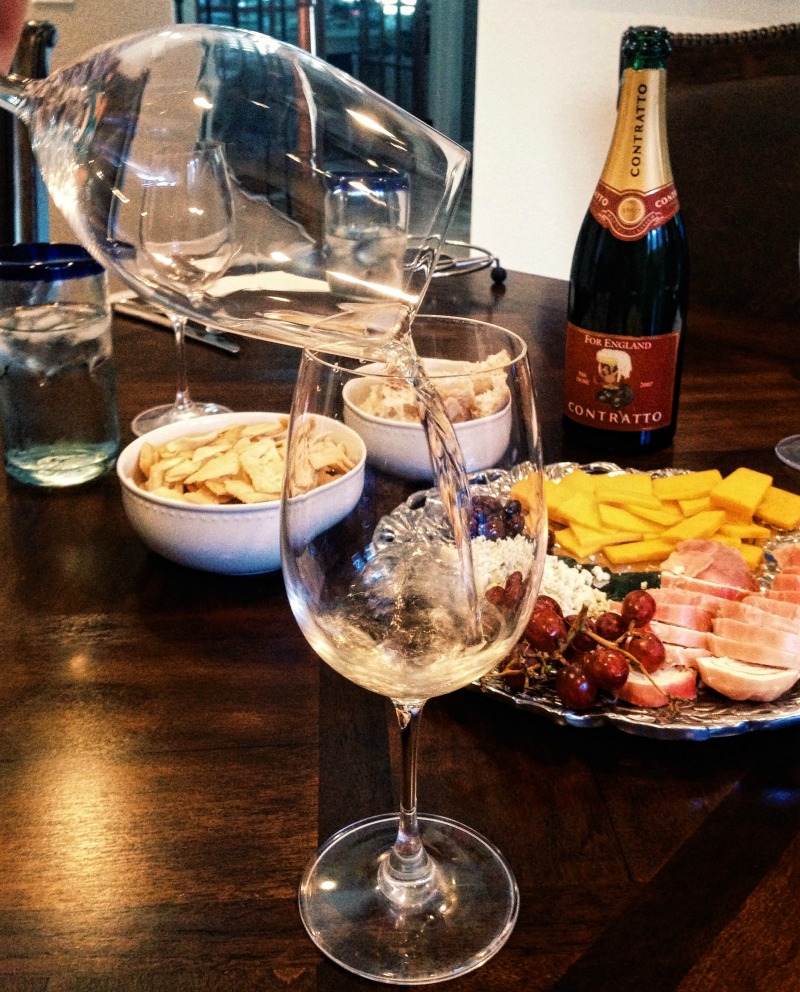
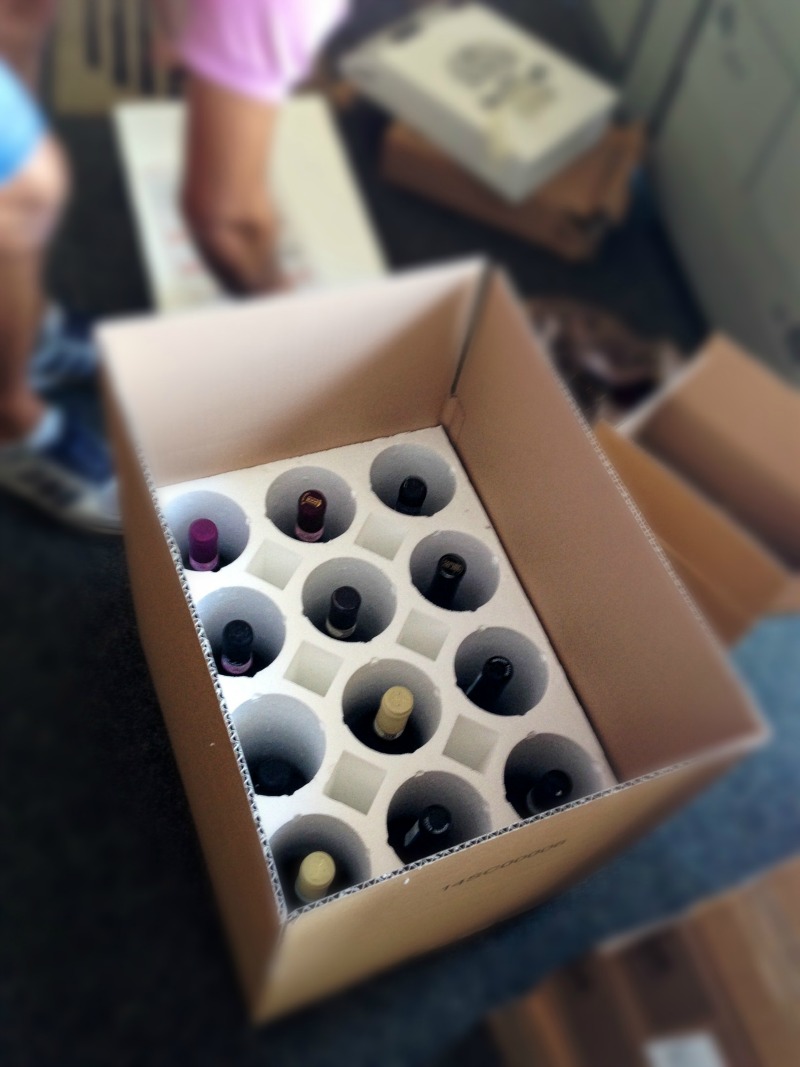
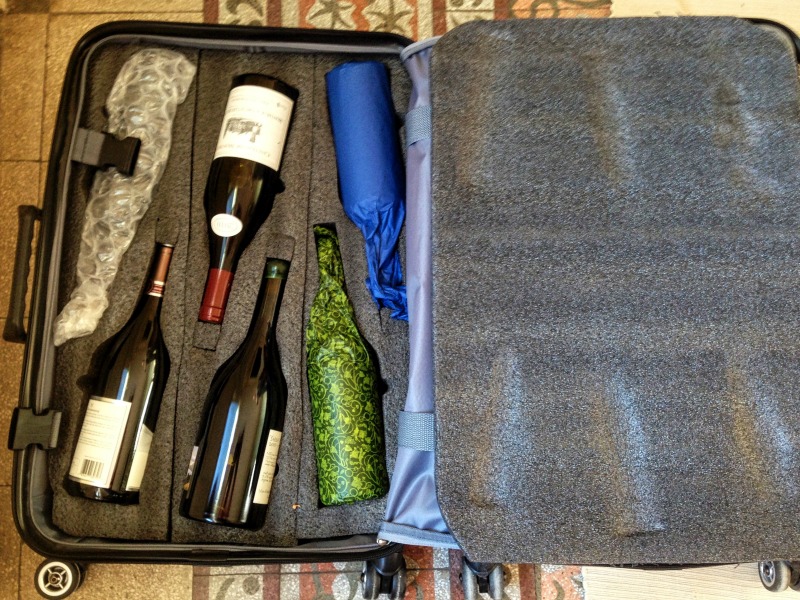
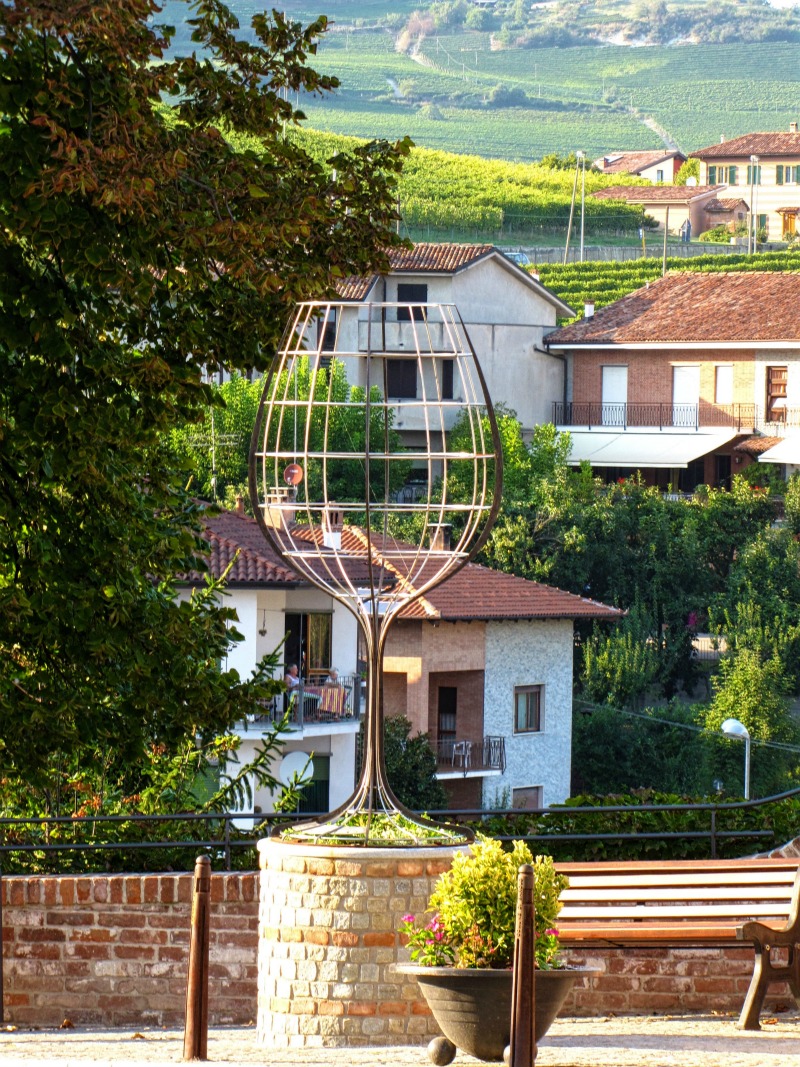

Hi Val, Thanks for the mention and kudos for your very well written and informative article. I think your etiquette tips are spot on and very important! I worked in a cellar tasting rooms so I appreciate that part:) Cin cin!
Thanks for reading and the kind words, Anna! The lunch mention was especially for you!
Salute! Val